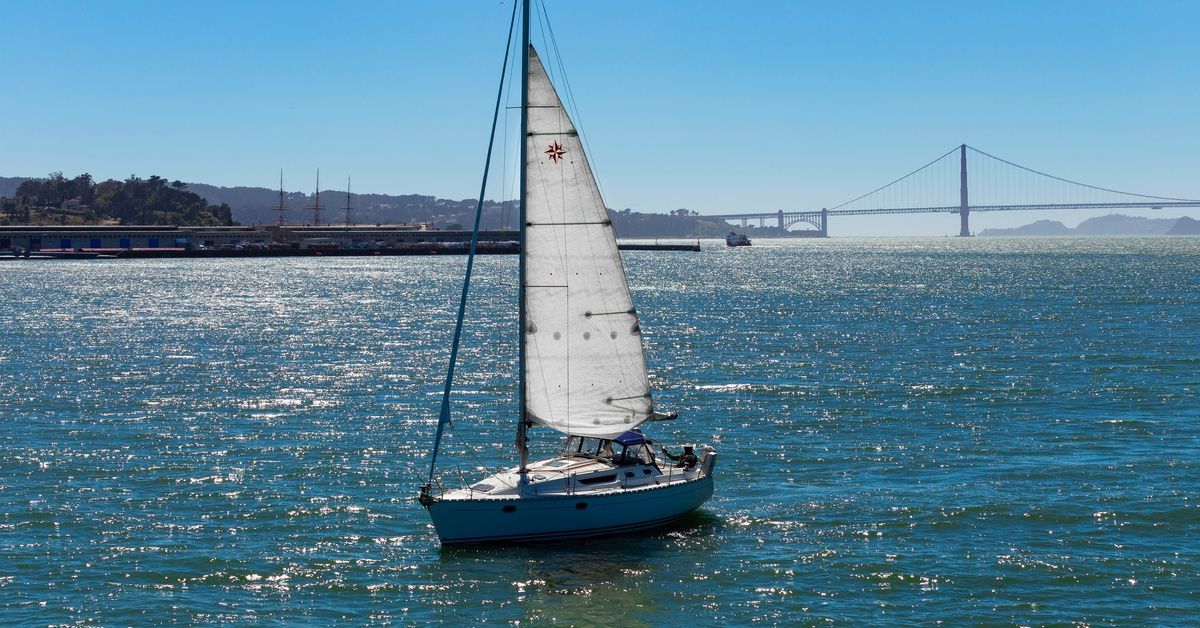Looking for he perfect gift? We offer gift certificates! Contact us today to purchase a gift certificate, and make someone's day extra special!
7 Tips to Avoid Getting Motion Sickness on a Boat
Embarking on a boat journey can be an exciting adventure, whether you’re setting sail for a day trip or embarking on a longer voyage. However, for those prone to motion sickness, the experience can quickly turn uncomfortable. Motion sickness on a boat, often characterized by dizziness, nausea, and a general feeling of unease, can disrupt even the most anticipated trips.
Fortunately, there are effective strategies and techniques available to help you stay comfortable and enjoy your time on the water. Let’s look at seven tips to avoid getting motion sickness on a boat and make the most of your next boat journey.
Choose the Right Location on the Boat
Choosing the right location on the boat is crucial in minimizing motion sickness. The central area of the boat, especially at lower levels, experiences the least amount of movement. This is due to the boat’s pivot point being located centrally, which significantly reduces the rocking and pitching sensations that often trigger motion sickness.
By positioning yourself here, you can reduce the impact of the boat’s oscillation. Moreover, staying on deck or near a window with a clear view of the horizon can help maintain a stable visual reference, aiding the brain in synchronizing the body’s internal equilibrium. Keeping your head as still as possible while focusing on a distant, stable point can further alleviate motion discomfort, allowing you to enjoy the journey comfortably.

Focus on a Fixed Point on the Horizon
Focusing on a fixed point on the horizon is a tried-and-true method for combating motion sickness. This technique helps stabilize your inner ear’s balance system by providing a steady point of reference amidst the boat’s movements. As your eyes concentrate on an immovable target, your brain receives less contradictory information about motion, which can help reduce feelings of dizziness and nausea.
Remain outside or near a window where you have an unobstructed view of the horizon, thereby aligning visual and vestibular inputs. If the horizon is not visible, try closing your eyes and picturing a stationary object. Practicing deep breathing techniques while maintaining this focus can also enhance relaxation, ultimately allowing you to experience your seafaring adventure with greater ease.
Stay Hydrated and Eat Light
Maintaining proper hydration and consuming light meals are essential steps in preventing motion sickness on a boat. Dehydration can exacerbate nausea, so drink plenty of water before and during your trip. Avoid alcohol and caffeinated beverages as they can contribute to dehydration. Eating small, frequent meals rather than large, heavy ones can help stabilize your stomach.
Opt for bland, low-fat foods like crackers, fruit, or light sandwiches, as greasy or spicy foods might upset your stomach during the voyage. Ginger, known for its natural anti-nausea properties, can be consumed as ginger tea or ginger chews to help soothe your stomach. By managing your diet and fluid intake, you’ll bolster your body’s ability to handle the movements of being at sea.
Try Over-the-Counter Remedies
Over-the-counter remedies can be a helpful option for those seeking relief from motion sickness symptoms. Antihistamines such as dimenhydrinate (Dramamine) and meclizine (Bonine) are commonly used to prevent and alleviate nausea and dizziness associated with motion sickness. These medications work by blocking certain signals in the brain that trigger symptoms.
They are most effective when taken at least 30 minutes before the start of your journey. However, be aware of potential side effects, such as drowsiness or dry mouth, which can be experienced with some antihistamines. Always read the packaging carefully and consult with a healthcare professional if you have any questions or pre-existing medical conditions that may affect the use of these remedies.
Practice Controlled Breathing
Controlled breathing techniques can be remarkably effective in managing motion sickness on a boat. By practicing deep, rhythmic breathing, you can calm your body’s response to motion and reduce stress. Begin by inhaling slowly through your nose for a count of four, allowing your abdomen to expand. Hold your breath for a moment before gently exhaling through your mouth for a count of six.
This method encourages oxygen flow to your brain, promoting relaxation and reducing the panic associated with nausea. Some people find that counting their breaths or visualizing serene imagery can enhance the effects of controlled breathing. Regular practice of these techniques can prepare your body for situations that might otherwise induce motion sickness, ensuring a more enjoyable maritime experience.

Wear Acupressure Wristbands
Acupressure wristbands are a non-invasive solution that some individuals find beneficial for alleviating motion sickness symptoms. These bands typically have a small bead or button that applies pressure to the Nei-Kuan point, located on the inner wrist. This pressure point is associated with nausea relief in traditional Chinese medicine. By wearing an acupressure wristband on each wrist, users can maintain consistent pressure on the Nei-Kuan points, potentially mitigating feelings of nausea and dizziness.
Available without a prescription, these wristbands are a safe and drug-free option suitable for adults and children alike. Although scientific evidence on their efficacy varies, many users report positive results, making them a worthwhile consideration for those seeking alternative methods to combat motion sickness.
Ensure Adequate Ventilation
Ensuring adequate ventilation is crucial for minimizing motion sickness while on a boat. Fresh air can help alleviate nausea and dizziness by providing a more pleasant and oxygen-rich environment. Stale or stuffy air can exacerbate feelings of discomfort and queasiness, so try to spend time on the boat’s deck where the air is freshest.
If you prefer staying inside, seek out spaces with open windows or good airflow. Ventilation fans or air conditioning can also be beneficial in maintaining a cool and comfortable atmosphere. Wearing breathable clothing can enhance your comfort level by preventing overheating. By prioritizing proper airflow and ventilation, you can reduce the likelihood of motion sickness and make your boating experience more enjoyable.
By following these practical tips, you can significantly reduce the risk of experiencing motion sickness on your next boat trip. Whether you choose to stay in an optimal location on the boat, maintain proper hydration, or take medication, taking proactive measures can make a world of difference. Motion sickness doesn’t have to overshadow your adventures on the water. With the right strategies, you can enjoy the serenity and excitement of sailing, making lasting memories without the discomfort. Remember to consider these techniques next time you set sail so that you can embark on your journey with confidence and comfort.
If you need a private sailing charter in San Francisco, Sailing San Francisco has you covered. We offer a variety of experiences, from romantic sunset sails to adventurous day trips, all while providing a smooth and comfortable ride. Our experienced crew will ensure your safety and comfort throughout the journey. Book your sail with us today and experience the beauty of San Francisco Bay without any worries about motion sickness!












